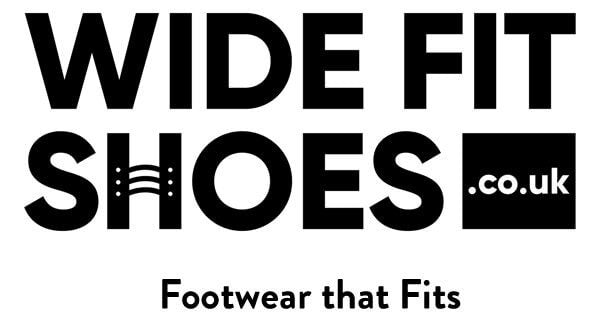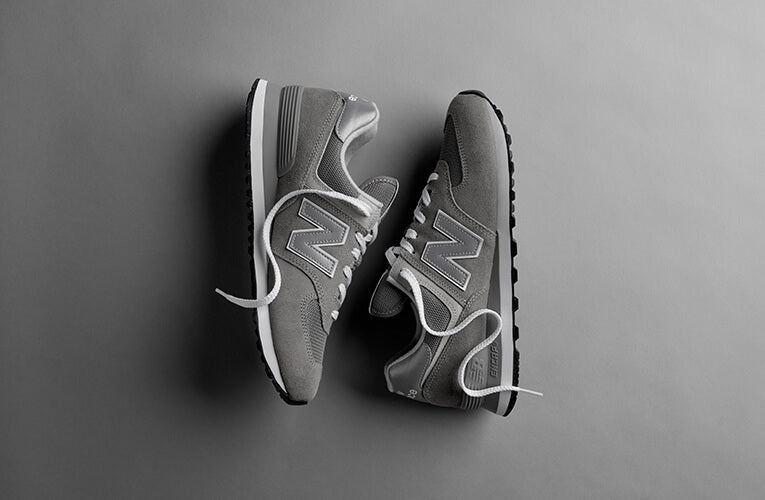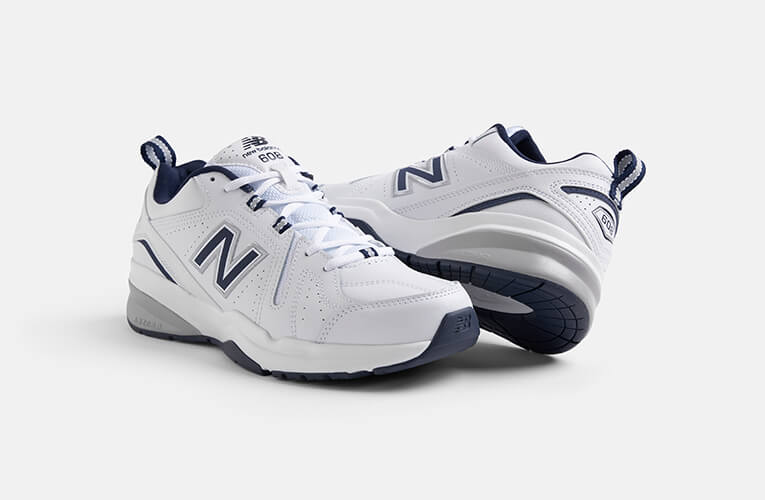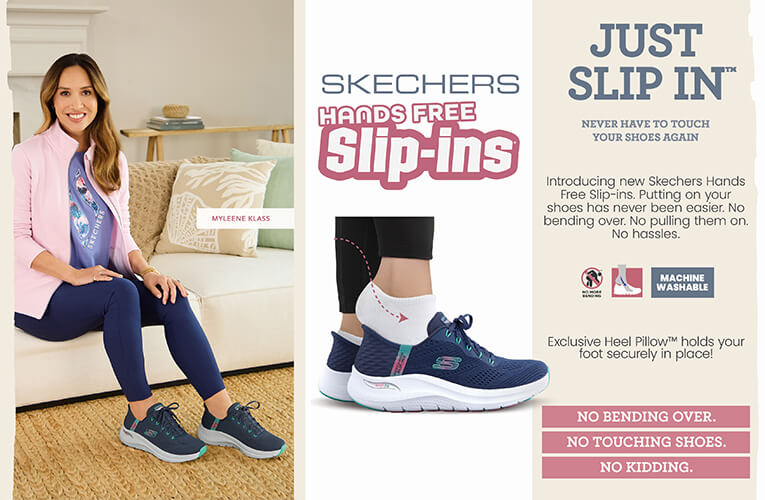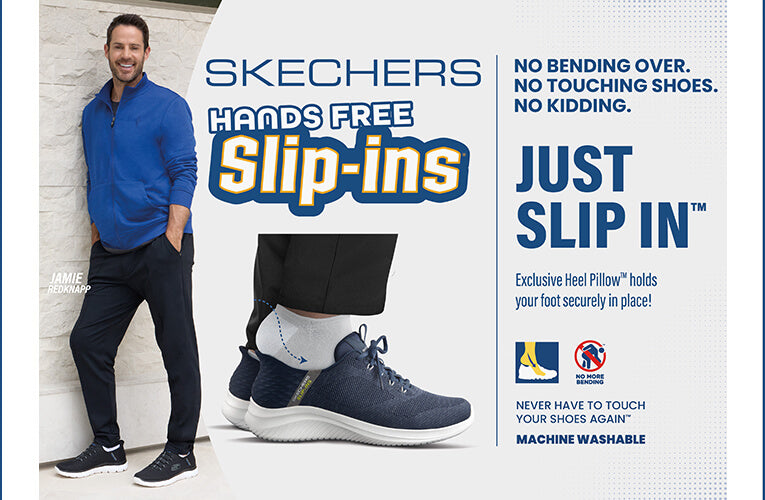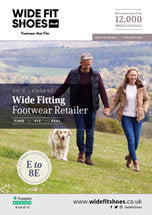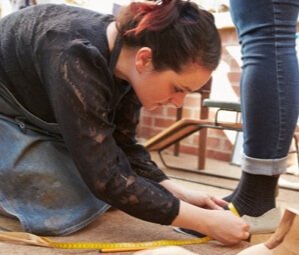Shoes for arthritis
SHOES FOR ARTHRITIC – TAKING THE RIGHT STEPS
What is Arthritis?
While there are many different forms of arthritis, it is commonly known as a disease that affects the joints. The cartilage, which is the flexible connective tissue in your bones helping smooth movement, degenerates and friction develops among your bones, rubbing them together. More than 50 million adults and 300,000 children are affected by some arthritis, but the disease typically affects adults, mostly women, and symptoms increase as people get older, usually above the age of 65. Common symptoms include swelling, joint pain, stiffness, and an inability to perform basic tasks due to restricted movement and inflammation. Although the disorder attacks joints, in many cases it can also affect your organs and skin. Degeneration can be visible in the form of knobby, deformed and swollen joints.
Types of Arthritis
Osteoarthritis is the most common types of arthritis, in which the cartilage rubs away and the tissue connecting your bones and providing a smooth glide of motion between the joints destructs. Cartilage does not regenerate itself. A joint replacement must be done unless some of these treatments offer comfort; assistive devices, hot and cold therapies, balanced rest with regular physical activity for strengthening the muscles around the joints, or anti-inflammatory and pain medication.
Inflammatory Arthritis such as Rheumatoid and psoriatic arthritis, are autoimmune diseases in which the immune system starts attacking the joints instead of protecting them, causing inflammation, often affecting other organs such as the eyes. Aggressive treatment must be performed quickly.
In infectious arthritis, a bacterium or fungal infection or virus attacks the joints, triggering inflammation in the cartilage. Chronic pain is a common symptom, but a quick treatment of antibiotics may fix the infection.
Metabolic arthritis develops in people who produce higher levels of uric acid than normal, and it attacks the joints, causing extreme joint pain. Gout is one example.
Early signs
Being a progressive disease, your condition tends to get worse with time. You may want to schedule an appointment with your doctor (preferably a rheumatologist) to start early treatment if you notice;
v Severe or chronic joint pain, known as arthralgia
v Swelling around the joints
v Pain in weight-bearing joints such as the knees or hips, as well as fingers or toes (in OA). This arthritis often occurs genetically.
v Stiffness and restriction in movements
v Soreness in the morning
v Shortness in breath, fever or pain in the chest (in RA)
v Rashes in the fingers changed colour in nails or redness of eyes (in PA)
v Intense pain in one joint, such as the big toe (in Gout)
Shoes for Arthritis
Orthopedic Shoes
All 52 bones, 66 joints and hundreds of muscles in your feet require you to find the perfect comfortable fit shoe for them. This requirement is crucial in arthritic patients. Alongside proper treatment, therapy and medication for your joints, it's also necessary to provide extreme comfort to your feet. Associate professor of medicine at Harvard, Marian Hannan, says “people should start thinking of their shoes as a factor they can modify to help minimise pain and maximise their ability to get out and do things."
Since the feet support all your weight most of the time, it is imperative to pay attention to those joints. Arthritis ridden feet can end up increasing your pain and even causing long-term damage to other joints and muscles. Here’s what to look for, and what to avoid.
What to go for
A deformity may develop in the joints of your feet in arthritis, bending them out of shape and not easily fit into regular shoes. For a more comfortable and smoother movement, look for the right footwear and avoid further pain.
Wedges or low, flat heels with thick rubber soles may be the right choice for you. Ensure that the foot is at a natural angle inside the shoe so that it isn't twisted out of shape. Find the right height of sole for yourself. The rubber absorbs shocks and provides better stability. Make sure there is a comfortable amount of space inside the shoe for your foot, especially around the toes and heels.
Look for stability shoes. These prevent your foot from slipping forward while walking, also acting as shock absorbents. However, these shoes are a terrible choice for Osteoarthritis patients with knee joint problems, since it puts pressure on the knees, but it may work very well for people with ankle, hip, or foot joint problems.
If you have joint pains in your fingers and knuckles, look for shoes without laces, so that you don’t have to waste time painfully trying to tie the shoelaces or fasten them up. Shoes with softer material inside will help you avoid abrasions and ulcerations on your feet from rubbing and friction.
Several experts suggest going barefoot if that works best for you since it puts pressure off the knees. However, if walking barefoot is not an option for you, try flip flops, since these are the most light-weight types of shoes. Research finds the flexible, low flip-flops put the same load on your knees as being barefoot. Make sure the foot is free of unnecessary tightness or pressure, and that the shoe provides the proper arch support and comfort for you to move around more easily. More full style shoes are a good option. Try on different pairs and go for the option that is the most comfortable for you.
What to avoid
Experts suggest high heels being bad for the feet in general, and certainly a no-go for arthritic people. High heels put unnecessary pressure on the soles and the balls of the feet, developing bunions. High heels are the worst types of shoes you can wear, so it's important to make sure you don't wear them without occasion. Arthritis patients should completely avoid them.
Contradictable but notable, extremely low heels are not much better options. Any shoe that provides discomfort or pain to your feet is not good for you. Look for ones that take on the shape of your foot, rather than the foot is forced into the shape of the shoe. A suitably curved sole that absorbs shock and removes pressure from the sole and toes is the most suitable for you.
Avoid sandals which are too thin. If you are looking for sandals, find ones with more straps which you can adjust according to your feet and comfort.
Athletic shoes or boots are a good option, but make sure they are not too stiff for comfort.
In the end, it is essential to consult your doctor for advice on what the best options are for maximum comfort. Be kind to your ailing joints, try on as many options as possible and walk around in them before you choose. Invest in proper care for your feet, if something you wear hurts, it is not worth it. Look for comfort before price and style. Do what's best for you, and you'll see the results.
